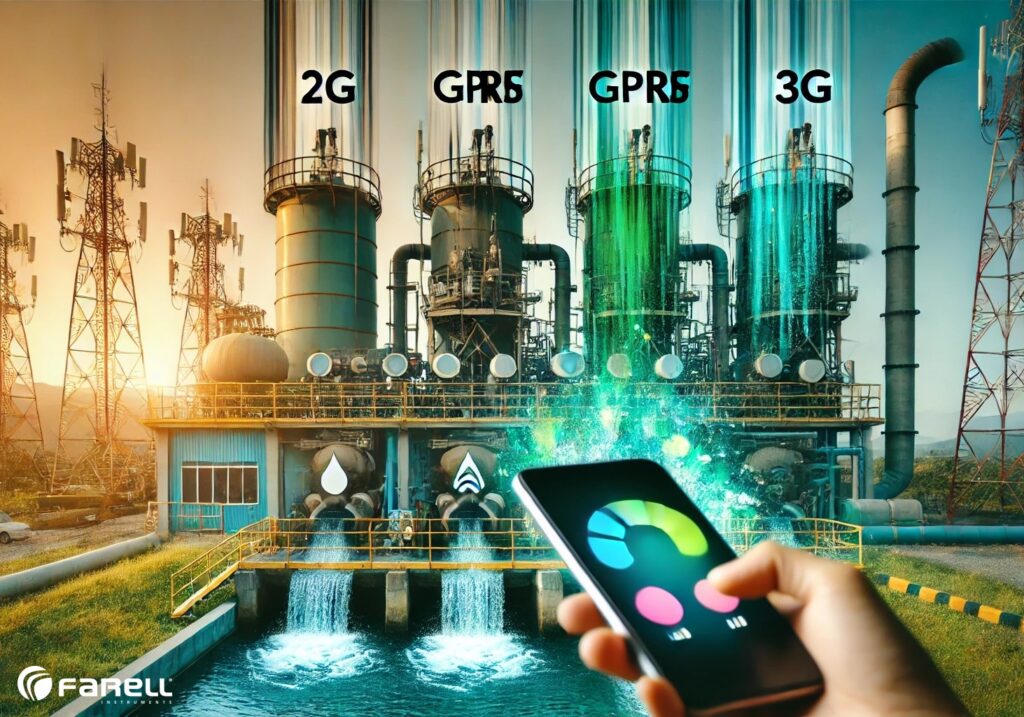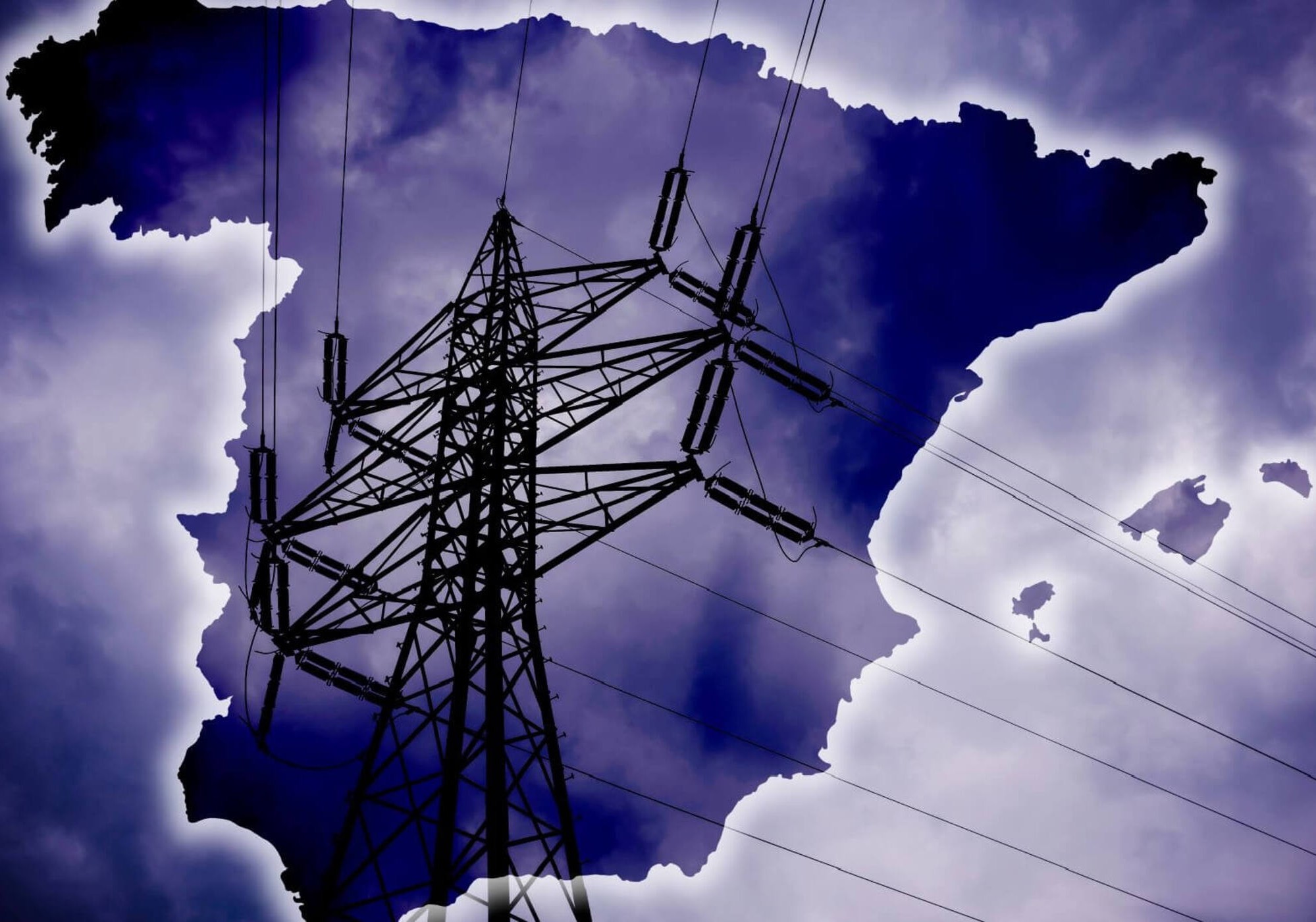The blackout process of 2G and 3G networks is advancing in many countries, marking the closing of an era for old mobile connectivity. As these mobile technologies are retired from service, the VHF and UHF bands remain vital for industrial use and other specialized sectors.
Telecommunications operators have been working on the disconnection of 2G and 3G networks, technologies that at the time revolutionized mobile access, but are today considered obsolete in the face of the massive deployment of 4G and 5G. The blackout of 2G, which was a pioneer in the transmission of calls and SMS messages, and 3G, which brought with it mobile web browsing, frees up the radio spectrum to allow greater coverage and capacity for faster networks.
However, while these mobile networks are turned off, the VHF and UHF bands remain relevant, especially in the industrial field. These frequencies, widely used for signal transmission in sectors such as broadcasting, emergency communications, industrial telecommunications and even in aviation, where reliability and extensive coverage are paramount, will remain active and continue to serve critical applications that do not depend of high-speed mobile networks. In special applications, they are essential for control systems and other services that require long-range transmissions or in interference environments. Many IoT and sensor networks use the UHF and VHF bands due to their ability to penetrate structures and low power consumption.







